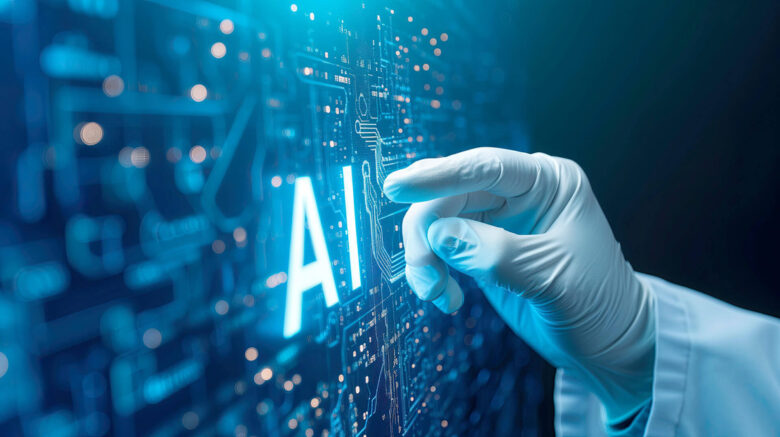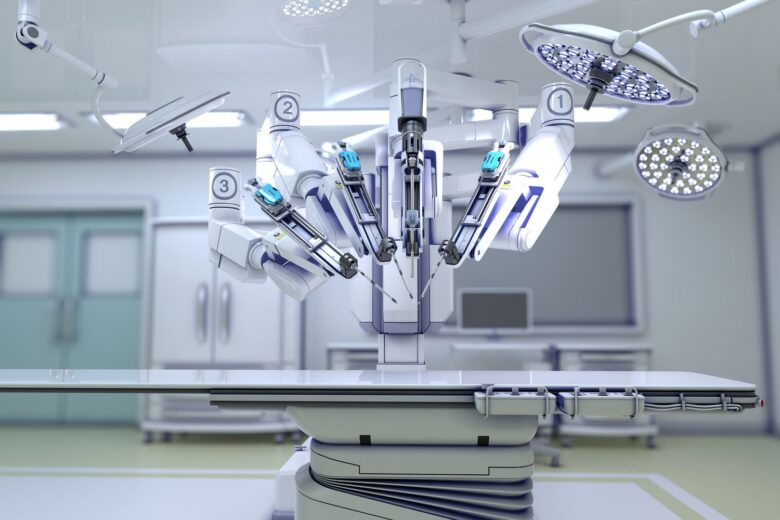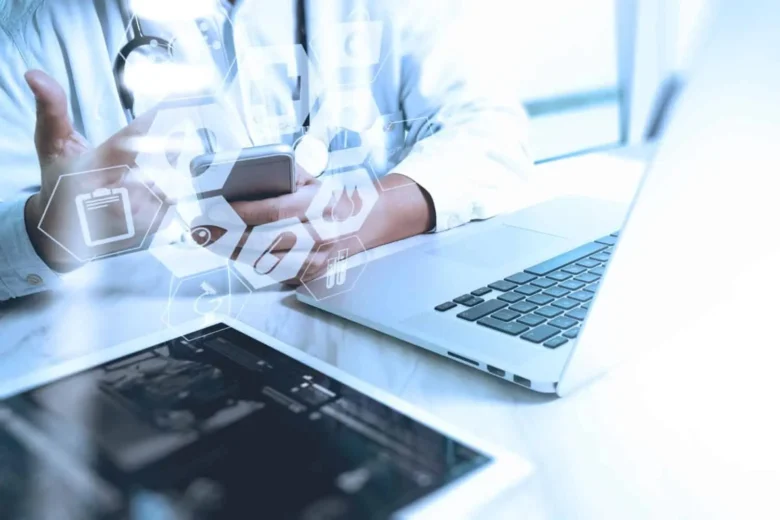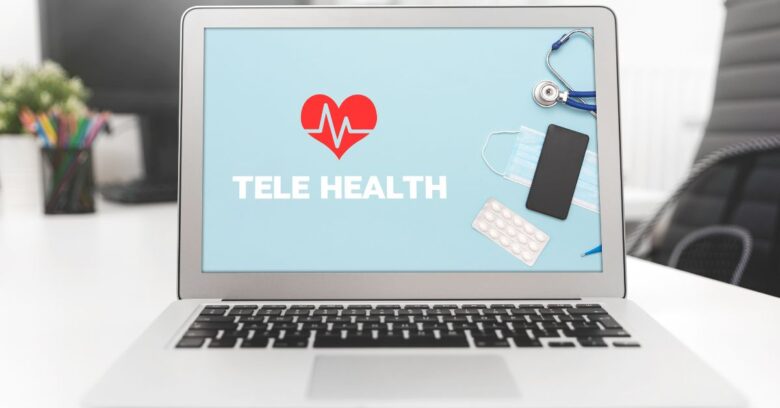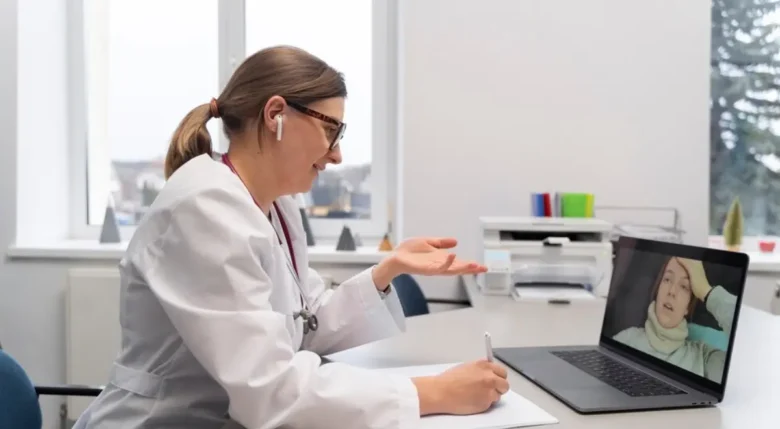Healthcare is undergoing a technological revolution that will radically change the delivery, diagnosis, and management of care. Smart solutions, powered by artificial intelligence (AI), can improve accuracy, reduce costs, and enhance patient outcomes across all care channels. AI is revolutionizing medicine through advanced diagnostic tools that detect diseases earlier and robotic surgical devices that deliver …
The advent of health technology, or health tech, has revolutionized the way we approach healthcare. From wearable devices and telemedicine apps to AI-powered diagnosis tools, the integration of technology into healthcare offers significant benefits. It has paved the way for more personalized care, streamlined services, and improved patient outcomes. However, along with these advancements comes …
Health technology, also known as health tech, is revolutionising the field of modern medicine and paving an avenue for a more customised approach to health care. There is no longer a time when all-in-one-size-fits-all medical solutions were the norm. Nowadays, advances in AI-powered devices such as wearable devices, wearables, and advanced data analytics enable medical professionals to …
Surgical procedures are evolving drastically in the era of advanced technology, and at the heart of this transformation is the rise of robotics in the operating room. Robotic surgery, once a futuristic concept, is now a reality reshaping how healthcare professionals approach complex medical procedures. This blog outlines the pivotal role robots play in modern …
Chronic illness is a problem that affects millions across the globe that require constant care and attentiveness. Management of these ailments usually requires frequent visits to the doctor, routine medication regimens that are daily and many lifestyle adjustments. But advances in technology for health are changing the way people treat chronic illnesses by enabling them to control …
Technology for preventing illness is changing the way we view our health. In lieu of waiting around for health problems to manifest, this revolutionary method focuses on identifying possible issues earlier, empowering people to act before their conditions become worse. By integrating modern methods and tools to prevent illness, preventive health technology allows us to live longer …
Healthcare innovation aims to make healthcare more accessible, affordable and effective; however, its implementation may prove challenging due to lack of resources and culture. Technology has put patients in control with smartphone apps, wearables and video consultations with doctors available at their fingertips. Patient portals help keep track of tests and prescriptions administered. 1. Personalization …
Telehealth helps patients and providers remain connected by eliminating geographical boundaries to provide healthcare assistance to those who otherwise would be unable to gain access. Video monitoring technology enables doctors or nurses to monitor patients remotely via video, with some receiving at-home monitoring devices such as buttons they can press in case of an emergency. …
Remote patient monitoring provides continuous data, making remote patient monitoring beneficial to patients and providers in several ways. Real-time monitoring allows clinicians to quickly detect out-of-range or alarming readings, potentially helping prevent health crises and decreasing readmissions. 1. Better Patient Engagement Remote patient monitoring enables physicians to track real-time health data with connected devices like …

